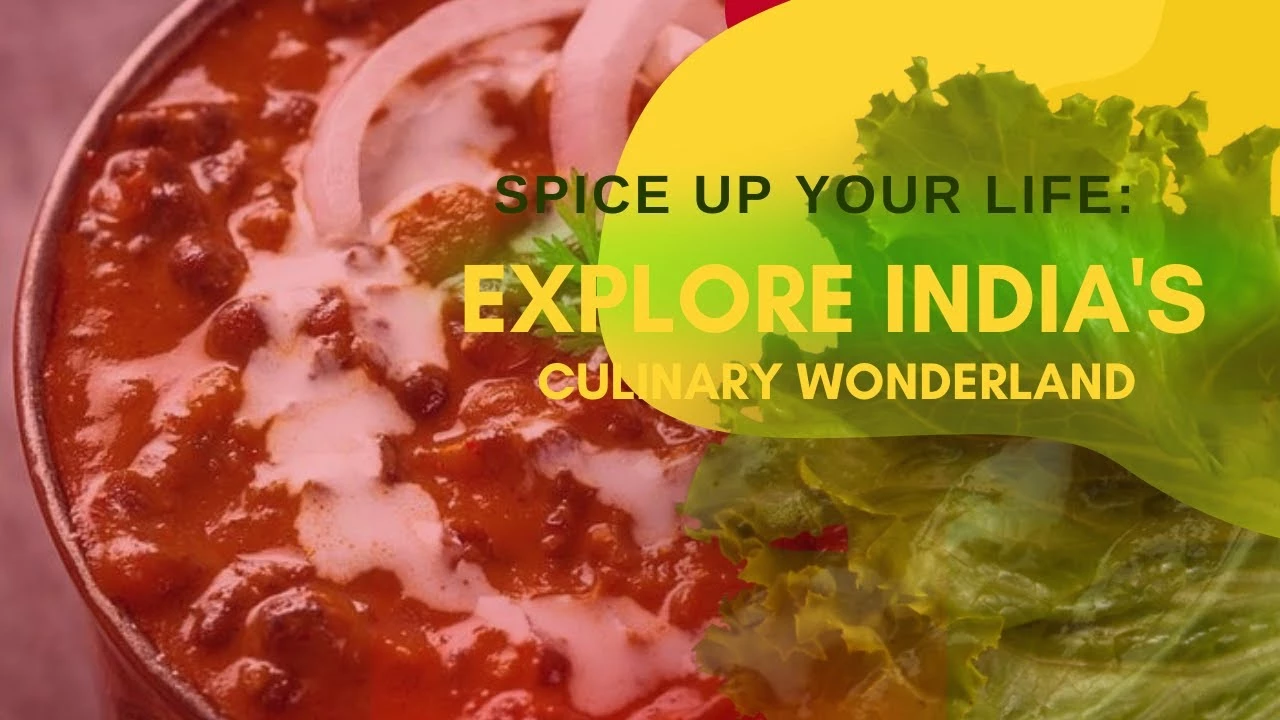Culinary Diversity: A Journey Through Global Flavors
If you love food, you already know that the world is a giant buffet of taste, texture, and technique. From the fluffy naan baked in a tandoor to the thin corn tortilla rolled on a griddle, every region brings its own story to the plate. This page collects the most interesting posts that show how different cultures treat food, why those differences matter, and how you can taste them yourself.
Why Culinary Diversity Matters
First off, variety keeps cooking exciting. When you compare Indian naan with Mexican tortillas, you see more than just shape and size—you see climate, history, and daily life. Naan grew in the hot, smoky ovens of the Indian sub‑continent, perfect for soaking up rich curries. Tortillas, on the other hand, were born on flat stones in Mexico, ideal for holding beans, salsa, and grilled veggies. Knowing the why helps you appreciate each bite, not just swallow it.
Second, diverse foods often solve the same problem in different ways. Want a quick snack with a cold beer? In India you might reach for spicy chicken tikka, tangy paneer, or crunchy masala peanuts. In the West, you’d grab pretzels or nachos. The goal is the same—something salty, a little greasy, that balances the bitterness of the drink. Seeing the parallels can inspire you to try new combos at home.
Finally, cultural food stories are a shortcut to learning about history and geography. The spread of the ration card system in India, for example, affects what ingredients are affordable in different states, which in turn shapes local dishes. Even a news article about Air India’s meals hints at how airlines adapt menus for regional tastes. Every post on this tag gives you a glimpse into that larger picture.
Popular Comparisons and Pairings
One of the most talked‑about comparisons on our site is Indian naan versus Mexican tortillas. Naan is soft, often brushed with butter or garlic, and cooked at very high heat. It’s great for scooping up paneer butter masala or dal. Tortillas are thin, flexible, and can be soft or slightly crispy. They’re perfect for tacos, burritos, or simply rolled with beans and cheese. Trying both side by side lets you feel how texture changes the eating experience.
Another favorite is the beer‑food pairing guide for Indian snacks. If you’re grabbing a cold lager, start with spicy chicken tikka—its heat cuts through the malt sweetness. Follow with a handful of masala peanuts for crunch. End on a sweet note with jalebi or a sugary churma. The key is to balance salty, spicy, and sweet so the drink stays refreshing.
We also have posts about how food apps and online portals affect what you can order. Knowing which news app gives you the latest restaurant deals can save you money and let you explore new cuisines without breaking the bank.
In short, culinary diversity is more than a buzzword; it’s a practical guide to expanding your palate, understanding cultures, and having fun in the kitchen. Browse the articles below, pick a comparison that sparks your curiosity, and try it out tonight. You’ll be surprised how a small change on your plate can open up a whole world of flavor.
Posted by
Arvind Suryavanshi
0 Comments

Indian food, with its rich and diverse culinary heritage, is a gastronomic delight that excites my palate like no other cuisine. It's amazing how each region in India boasts its unique flavors, making it incredibly diverse and delightful. The use of a wide range of spices and ingredients, which are carefully balanced, not only tantalizes the taste buds but also offers numerous health benefits. The exquisite technique of slow cooking in Indian cuisine intensifies flavors, making each dish a delightful experience. Truly, Indian food is an explosion of taste, aroma, and color that leaves a lasting impression.
read more